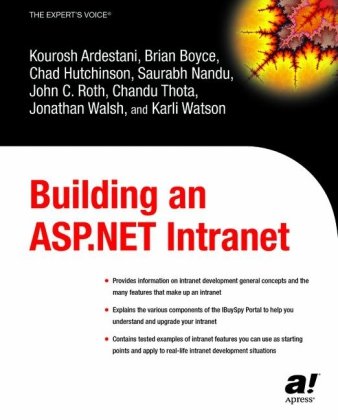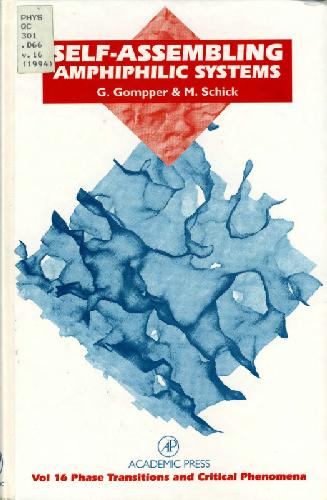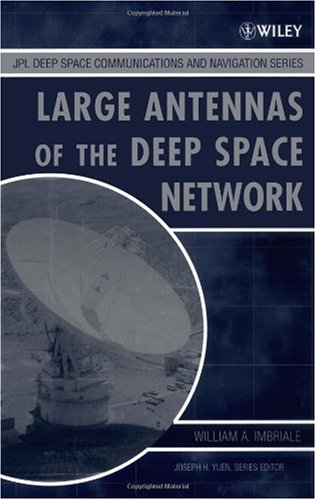Y. H. Wong, J. T. Y. Wong3-8055-7733-8, 9783805577335
Table of contents :
Contents……Page 4
Editorial……Page 5
Introduction……Page 6
Slow Swimming……Page 9
Extrinsic Factors Affecting the Output of the Slow Swimming Pacemakers……Page 10
Directionality of Slow Swimming……Page 11
Escape Swimming……Page 12
Tentacle Contractions Accompanying Slow Swimming……Page 14
Piggyback Interactions……Page 15
Pathways Mediating Feeding Behavior……Page 16
Evolution of Escape Circuitry……Page 17
Aglantha as a ‘Model’……Page 18
References……Page 19
Introduction……Page 21
The Insect Stomatogastric Nervous System: Gross Anatomy and Development……Page 22
Physiological Role of the Insect Stomatogastric Nervous System and Frontal Ganglion……Page 23
The Role of the Frontal Ganglion in the Control of Molt-Related Behavior……Page 25
Stomatogastric Neural Circuits……Page 27
Neuromodulation of the Frontal Ganglion Central Pattern Generator……Page 29
The Insect Stomatogastric Nervous System and Frontal Ganglion as a Source of Neurosecretion……Page 32
Concluding Remarks……Page 33
References……Page 34
Introduction……Page 38
Checkpoint Decision at the CNS Midline……Page 39
CNS Fascicles……Page 40
Branching……Page 41
Axon Branching……Page 42
Dendritic Branching……Page 43
Photoreceptors……Page 45
Future Directions……Page 46
Acknowledgements……Page 47
References……Page 48
Introduction……Page 51
Overview……Page 52
Multifunctional Networks with Flexible Boundaries……Page 54
Mechanisms Supporting Motor Pattern Generation and Pattern Flexibility……Page 56
Peripheral Integration via Sensory Feedback……Page 57
The Ventilatory CPG Is Composed of Interneurons and Motor Neurons……Page 58
Starting,Stopping,and Changing the Frequency of Ventilatory Rhythms……Page 60
Ventilatory Rhythms Maintain Phase as Their Cycle Frequency Changes……Page 61
Network Synaptic Connectivity……Page 62
Active Neuron Properties Underlie the in vitro Rhythm……Page 64
Cellular Basis of Pattern Generation within a Single Segment……Page 65
Proprioceptive Feedback……Page 66
References……Page 67
Introduction……Page 71
Feeding Behaviors Most Extensively Studied at the Circuit Level……Page 72
Circuitry for Ingestive Radula Movements: Biting……Page 73
Generation of Radula Protraction and Retraction……Page 75
Connectivity in the Opening/Closing Circuitry……Page 80
Sensory Feedback to the Feeding Central Pattern Generator: The Bite to Bite-Swallow Transformation……Page 82
Without the Cerebral Ganglion (e.g. Stimulation of the Esophageal Nerve)……Page 83
Concluding Remarks……Page 84
References……Page 85
Introduction……Page 88
The Giant Fiber Network……Page 89
The Chromatophore System Control Network……Page 90
The Statocyst Network……Page 91
Synaptic Interaction between Mechanosensory Hair Cells……Page 92
Central and Efferent Projection of the Statocyst Nerves……Page 93
Synaptic Interactions within the Visual System of Cephalopods……Page 94
Networks Involved in Learning and Memory……Page 95
The Tactile Memory System……Page 96
References……Page 97







Reviews
There are no reviews yet.